Insecure Service
SMB Service Availability to Internet or Other Unauthorized Users
TCM-KB-EXT-001
Last Updated: 6/26/2023
Microsoft Windows Server
The recommended remediation steps and configurations described in this response would primarily affect systems running Microsoft Windows Server.
SMB
SMB refers to Server Message Block.
A small message block refers to a compact unit of data transmission used in communication protocols. It typically contains a limited amount of information, such as a command, status update, or a small portion of a larger message, allowing for efficient and rapid exchange of data between devices or systems.
Contributor

Joe Helle
Chief Hacking Officer
Recent Blogs
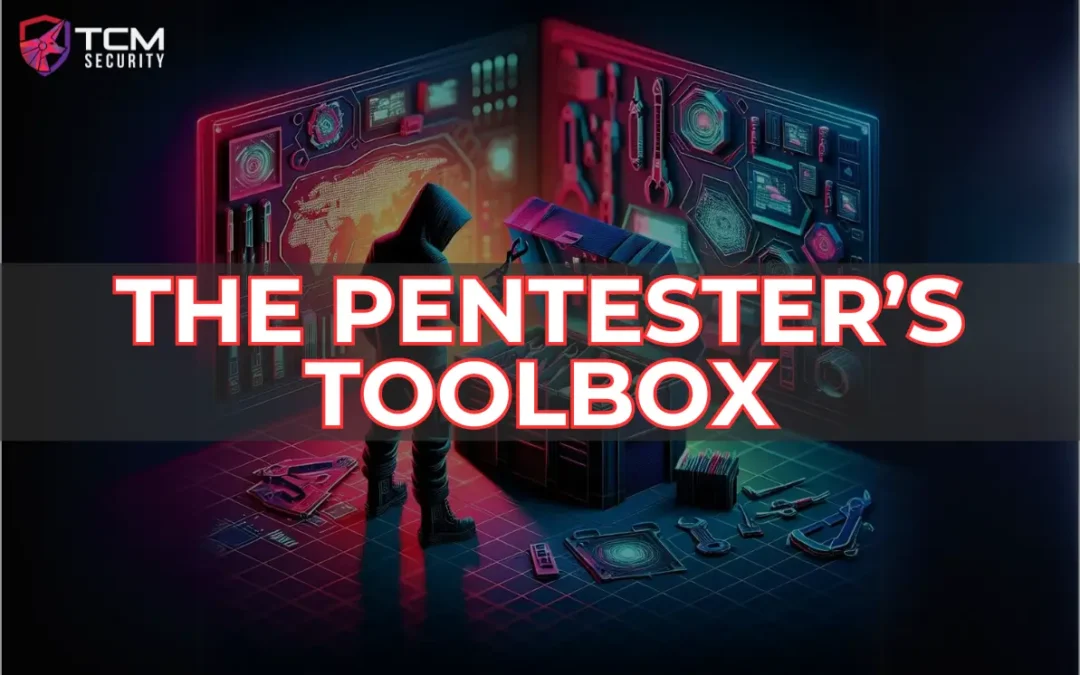
Professional Pentester Toolbox: TCM Security Picks
We asked the TCM Security team to share the pentest tools they rely on regularly for testing internal, external, web application, and physical environments.
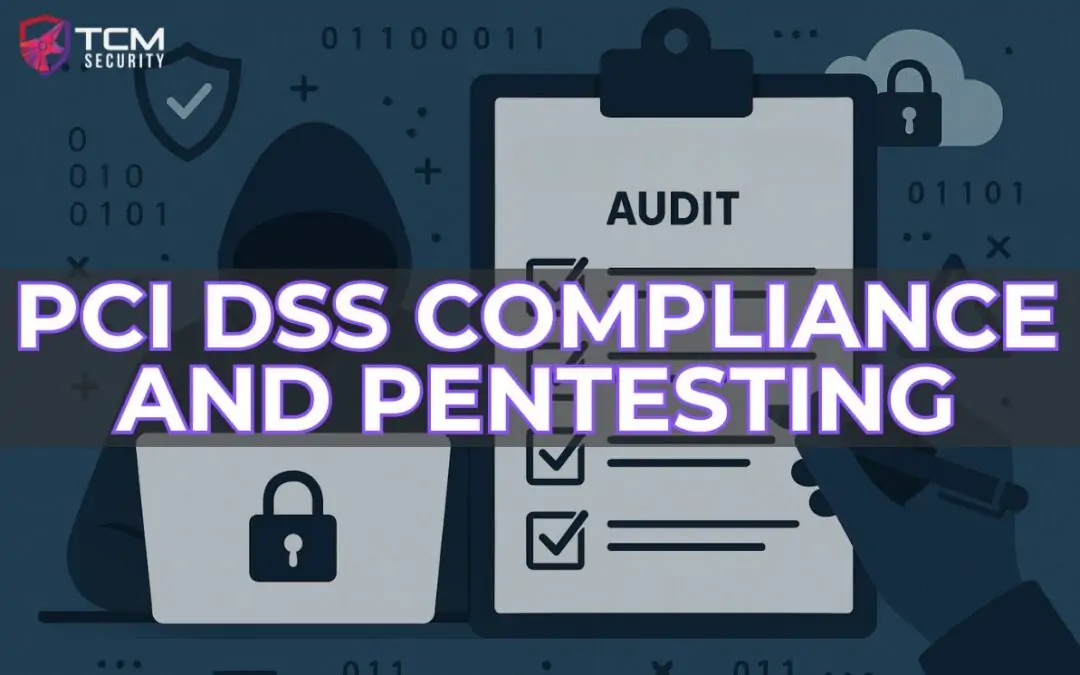
PCI DSS Compliance and Pentesting
Learn which organizations need penetration tests for PCI DSS compliance and how consulting with one company for both can streamline the process.

Four Must-Haves for Effective Penetration Testing
The true value of a pentest lies in the actionable insights and collaboration with your pentest team. Here are four critical elements you should never skip.

PCI DSS 4.0: What’s New and How Your Business Can Stay Compliant
Learn more about the most recent updates to the PCI DSS, how version 4.0 compares to 3.2.1, and what you need to do to be PCI compliant.
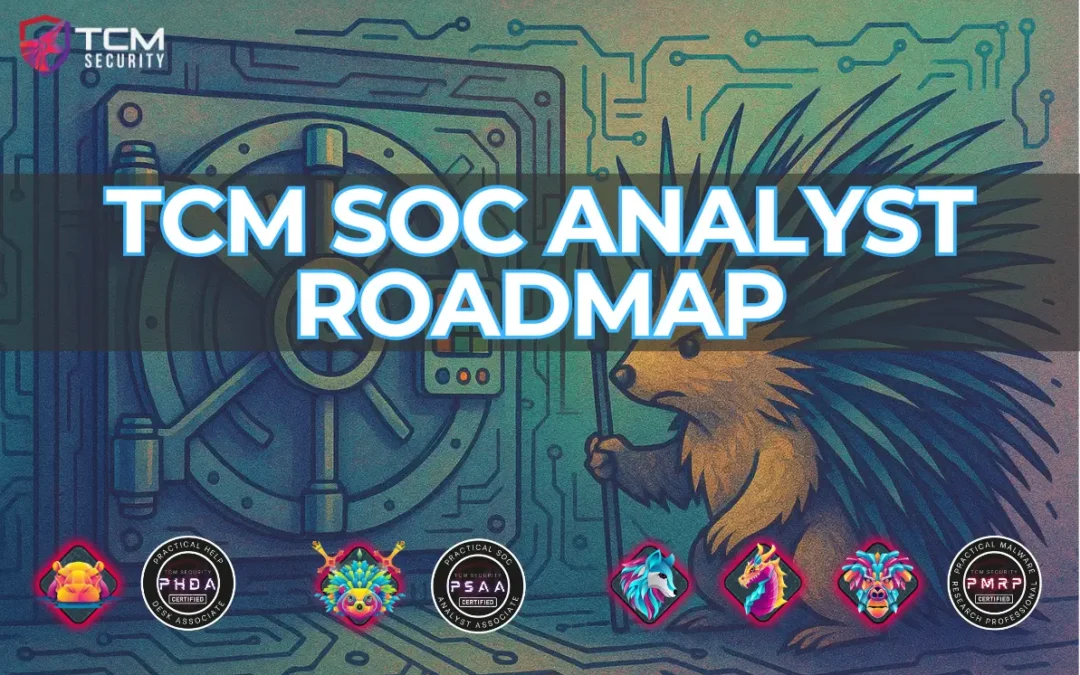
TCM SOC Analyst Certification Roadmap
This SOC analyst certification roadmap from TCM will help you develop and prove defensive cyber security skills, from beginner to advanced.
Issue
The SMB service on the domain-joined endpoint is available to the Internet. This could permit information disclosure of internal network identities (i.e., fully-qualified domain names of internal domains) and accessibility of an external entry point for brute force attacks.
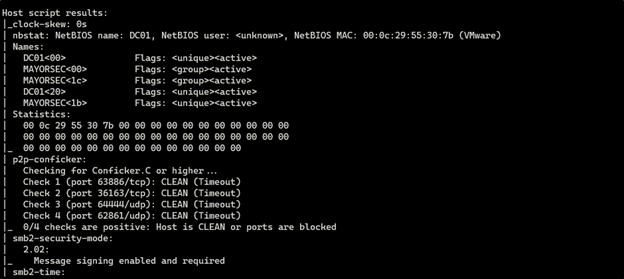
Recommended Remediation
The following outlines the recommended steps that the systems and network administrators should take in order to secure the environment.
Utilizing a user account with administrative privileges, open Windows Defender Firewall with Advanced Security.
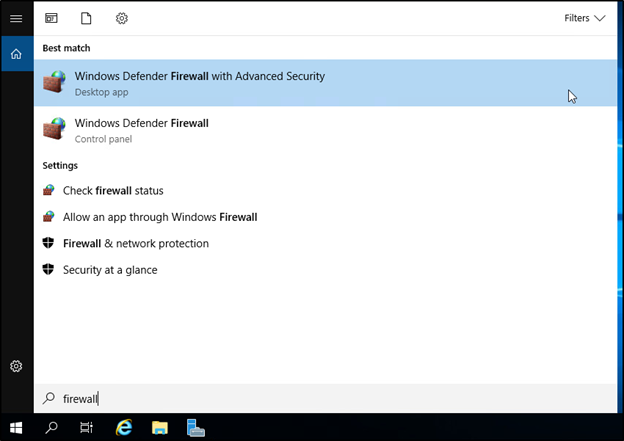
Right-click inbound Rules and select New Rule.
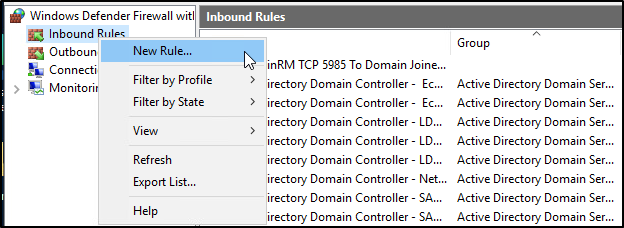
In the Rule Type window, click Port and select next.
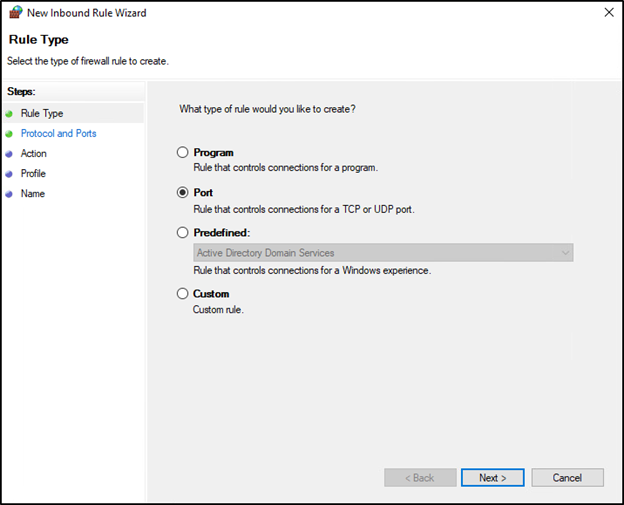
Select the TCP option, and below, the Specific local ports option. Enter ports 135, 139, 445 and click Next.
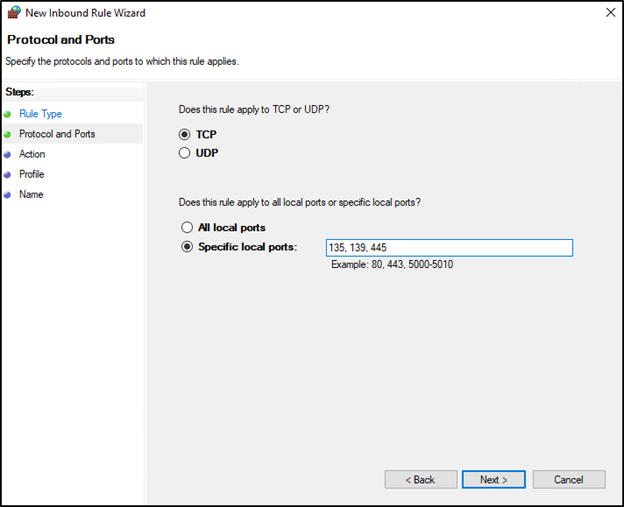
On the next screen, select Block the connection and press Next.
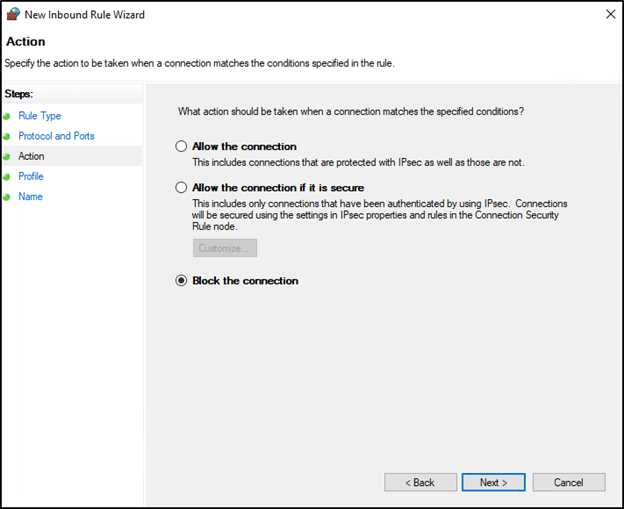
In the next window, deselect Domain and Private, and select Public. If you prefer to only allow domain-connected devices to access the SMB service, deselect only Domain, and select Private and Public. Press Next when complete.
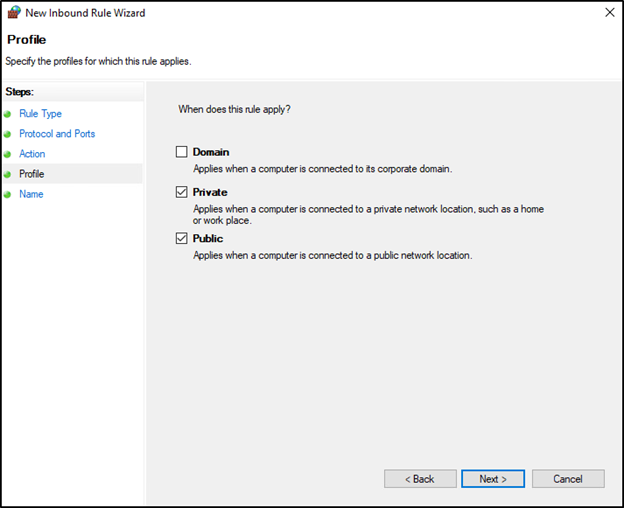
In the next window, specify a name for the new firewall rule, and enter a description if desired. Press Finish when complete.
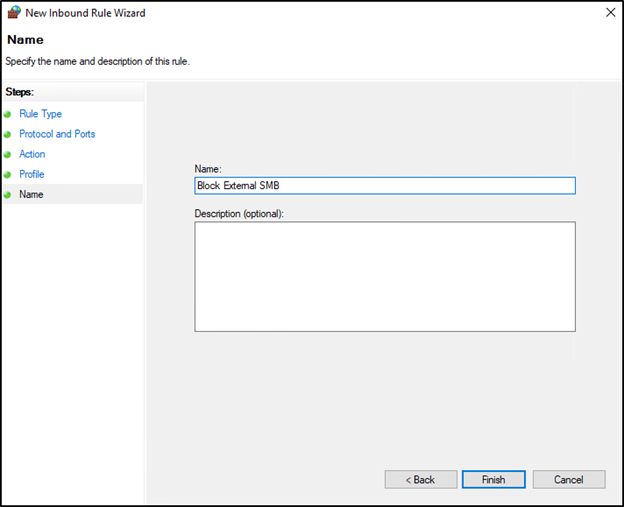

See What We Can Do For You
Download a sample penetration test report to see the results we can deliver for your organization.
See How We Can Secure Your Assets
Let’s talk about how TCM Security can solve your cybersecurity needs. Give us a call, send us an e-mail, or fill out the contact form below to get started.
